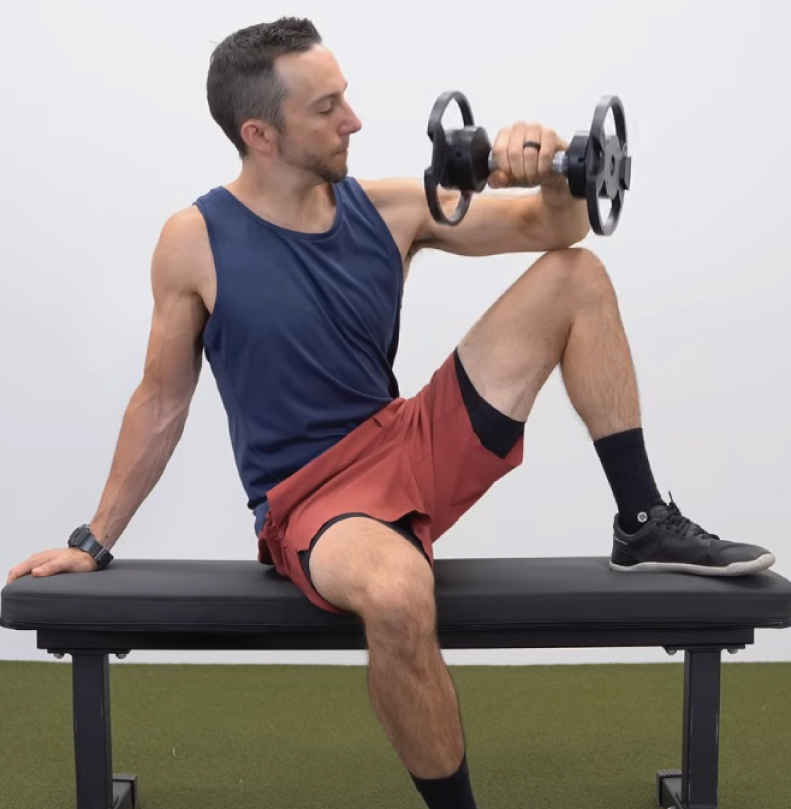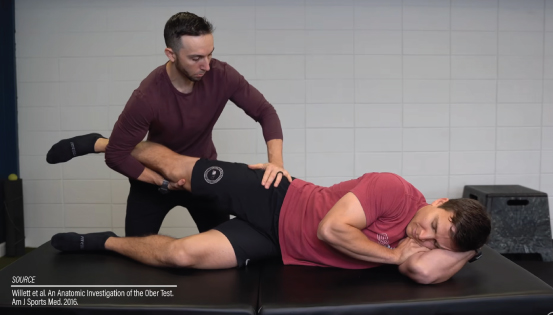Frequent Non Operative problems
Shoulder pain can result from both traumatic injuries and chronic conditions. Many cases respond well to conservative treatments.
The first step in treatment is improving the range of motion, which can be achieved with at-home exercises and physical therapy. The shoulder relies on a complex network of muscles, so after increasing range of motion, it’s important to strengthen the muscles to work together effectively. Common areas of focus include improving external rotation and stabilizing muscles around the shoulder blade.
In some cases, we may use injections to complement the rehabilitation process. Most patients can achieve a healthy shoulder through these conservative measures. If progress stalls, we may recommend an MRI to evaluate the situation further. Based on your history, exam, and imaging, we can discuss whether surgery is the next step.
Pain on the outer side of the hip is common, especially when getting up from a chair or sleeping on your side. Conservative treatments often help alleviate this pain and include anti-inflammatory medications, occasional injections, and specific exercises.
Learn more with these helpful exercises:
Pain at the front of the knee is a common issue when changing activity levels. It can be especially noticeable during deep squats, getting up from a seated position, or walking up and down stairs.
Many people find relief through lifestyle adjustments, over-the-counter anti-inflammatories, a light knee sleeve, and targeted exercises.
Check out exercises for anterior knee pain:








